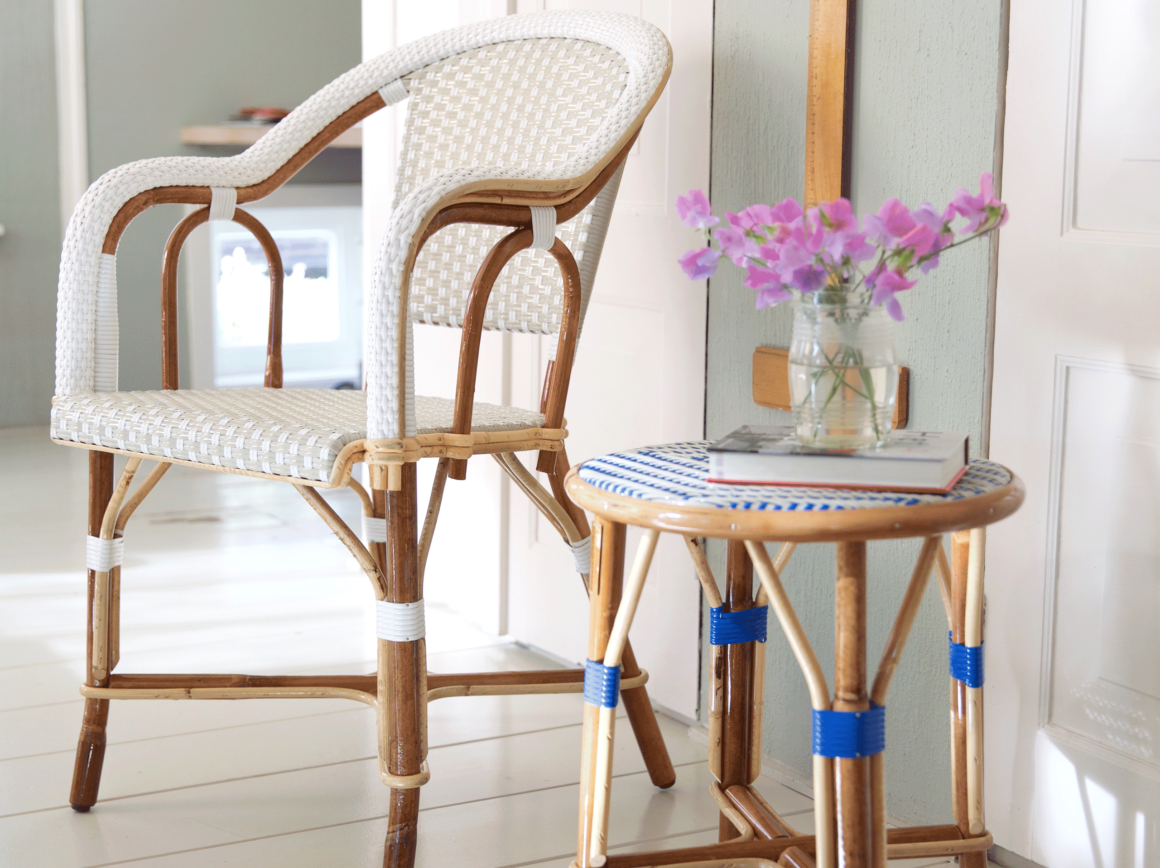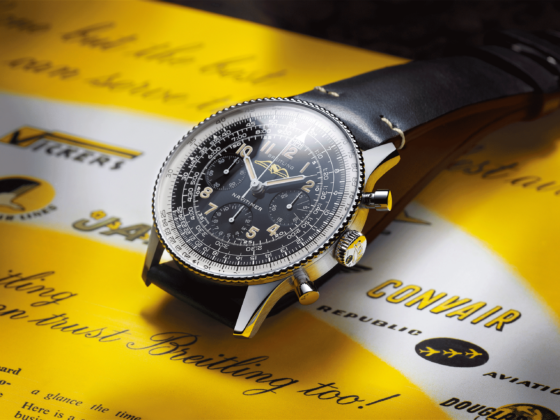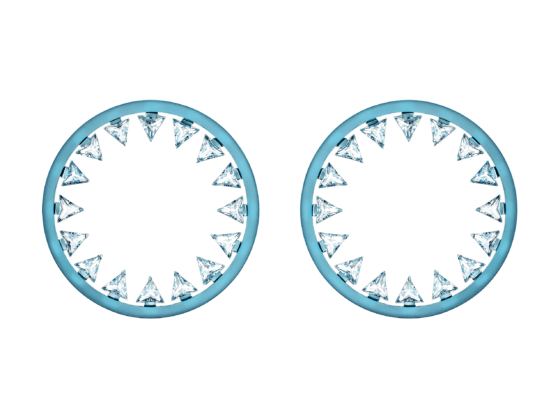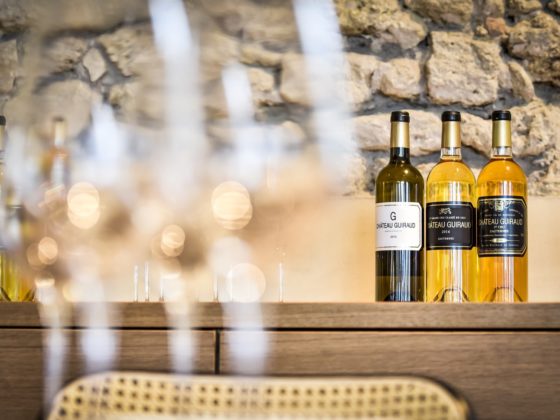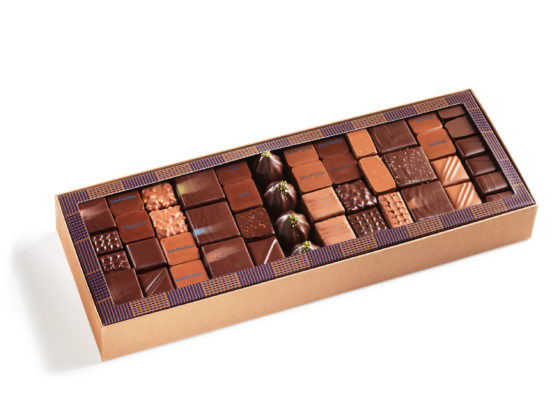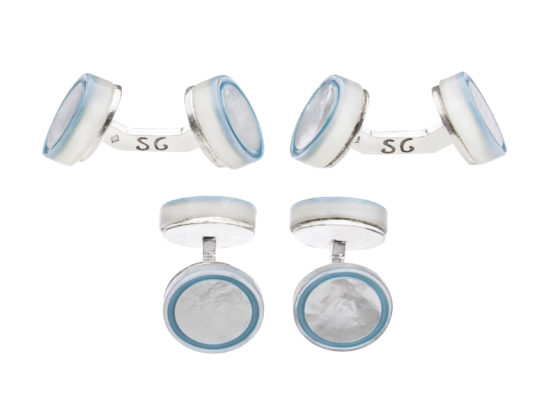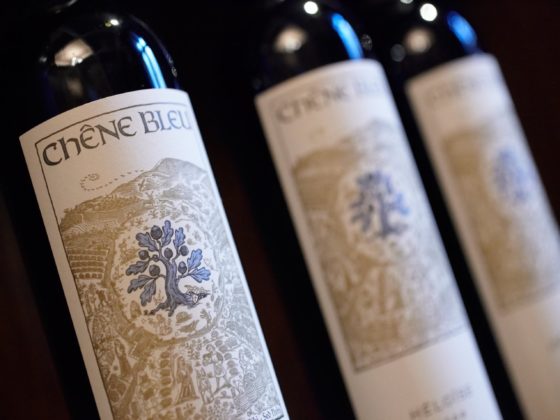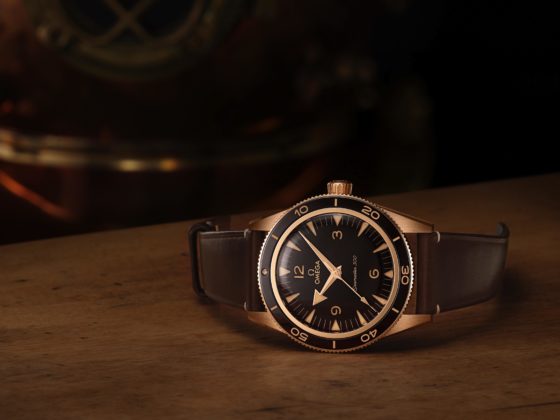Urban design icon, emblematic of Paris and cult object abroad, the rattan bistro chair, made in the pure tradition of caning, is one of the symbols of the French art of living.
By Sophie Lamigeon
Chic and trendy, recognizable among all, the cane chair in rattan is displayed from the beautiful days. She can be seen everywhere: dressed in blue, white and red at the Café Français in Bastille, woven in red and green at the mythical Café de Flore in Saint-Germain-des-Prés, also present at the Metropolitan Museum in New York… She embodies the brand image and personality of the small neighborhood bistro as well as of the most prestigious establishments, in France and in the world.

The last French companies to manufacture rattan furniture for cafés, bistros, restaurants and hotels, as well as for private terraces, the Drucker company and the Gatti company perpetuate the tradition thanks to the unique know-how of their craftsmen. In these factories, both labeled Entreprises du Patrimoine Vivant (Living Heritage Companies), rattan makers and weavers work on this famous liana palm from the equatorial forests of Southeast Asia, discovered by Dutch sailors.
The workshop founded in 1885 on rue des Pyrénées in Paris by Louis Drucker is the oldest rattan chair manufacturer. At the time, this furniture is very fashionable. The company has built its reputation in the world of cafés, hotels and restaurants. The Café de Flore, Les Deux Magots and Fouquet’s are among his very first clients. Drucker has been dressing terraces around the world for over a century. His rattan chairs are at Les Vapeurs in Trouville, at Riche in Stockholm, or at the Château Marmont, a mythical terrace in Hollywood. Drucker offers 40 cane designs, a wide variety of colors and more than 100 designs from the past or recent creations. Today managed by Bruno Dubois, assisted by his son Diego, the company is developing in decoration and works with great names in design. François Champsaur, Philippe Starck, India Mahdavi, Patrick Norguet and more recently Robert Stadler – who renewed a classic of the house with his Corso chair – have created unique models bringing a modern breath to the traditional Drucker creation.
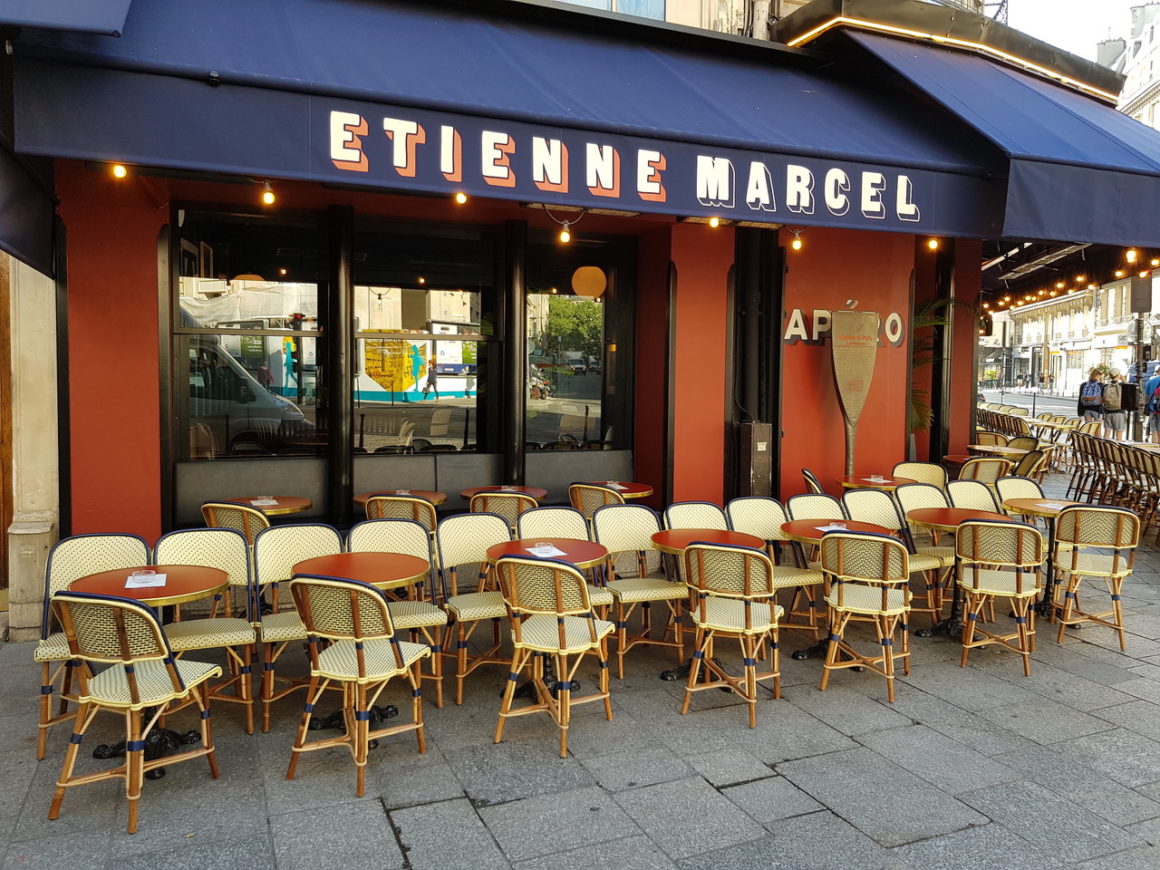
A symbol of Parisian elegance, the rattan chair is custom-made according to a complex technical process requiring years of training for certain tasks such as caning, as Drucker explains. Everything is handmade in an artisanal way, because rattan is a “living” material and not regular. Light and resistant, it is very malleable and does not undergo any transformation. Six phases are necessary to make a Drucker Rattan chair. The craftsmen first prepare the components from the rattan “poles”: cutting, sanding, dyeing the knots, straightening and bending. Next comes the weaving of the frames, the assembly and the weaving of the backs. Then the installation of a natural rush around the frame and the chair is done before finishing and varnishing. The seat and backrest cane is made of Rilsan, a soft and durable polyamide fiber obtained from castor oil. This weaving allows a wide range of patterns and colors. The chair frames are made of beech or exotic wood.
“A rattan chair takes 5 to 8 hours to make, depending on the model and the type of weaving. It will pass through the hands of 6 or 7 craftsmen,” says Benoît Maugrion, president of Maison Gatti, who comes from a family of rattan makers. The rattan and weaving trades are art trades. A school used to train craftsmen in rattan, but it closed in the 1980s. Today, there are practically no more workshops, no more qualifications and the know-how has almost disappeared. As a Living Heritage company, our role is to train craftsmen for the future and to transmit this rattan know-how.
Founded in 1920 by an Italian emigrant, Gatti manufactures custom-made rattan patio furniture, respecting the principles of craftsmanship that guarantee originality, sturdiness and aestheticism. The techniques of bending, assembling and weaving done manually make his creations unique and customizable. From the Georges V in Paris to the River Café in New York, from the Rotonde in Montparnasse to the Bape Café in Tokyo, Maison Gatti offers its expertise to customers seeking the authenticity and charm of French-style terraces. On the eve of its centenary, the factory offers a choice of 80 models of chairs, armchairs, stools, benches and planters, available in over 30 weaves and 30 colors. For a long time oriented towards the professional sector, the Gatti company now responds to the projects of decorators for the hotel industry but also for individuals. She has created exclusive and colorful weaving patterns for the stylist and decorator Philippe Model and collaborates with the architect Laura Gonzalez. A way to enter the world of individuals who are increasingly attracted by this trend, not only for their terraces and verandas, but also for their interiors.


